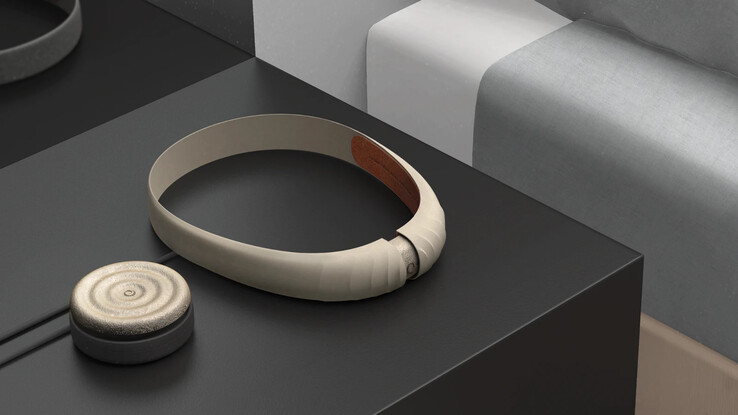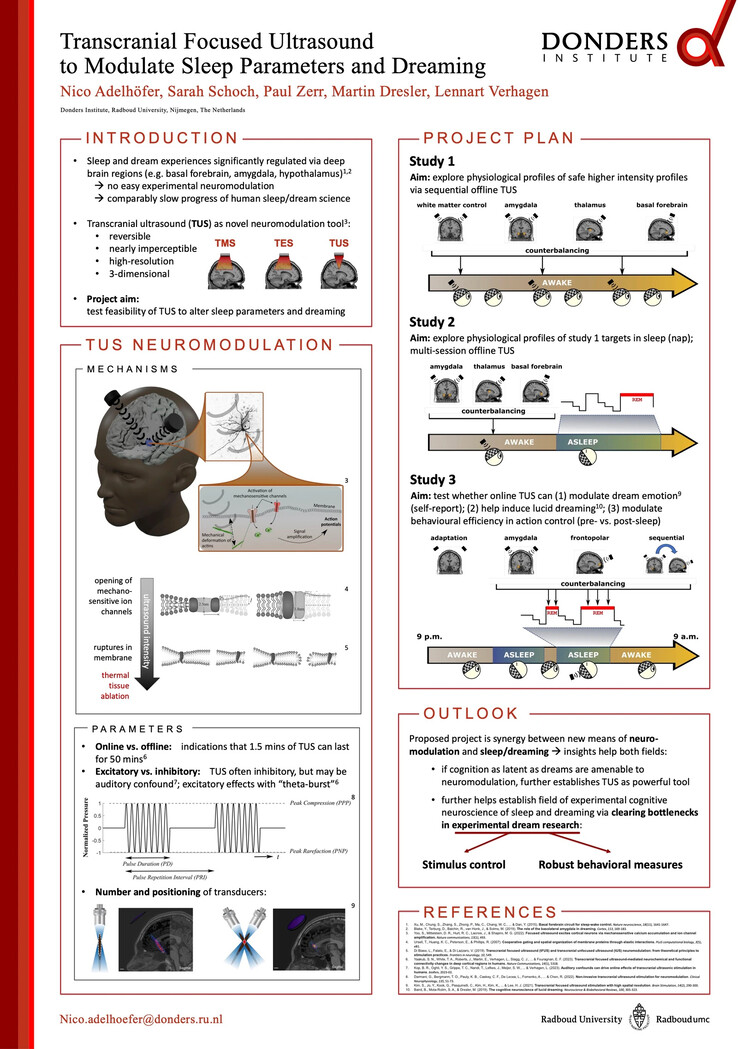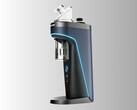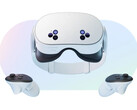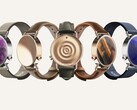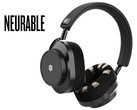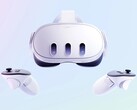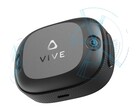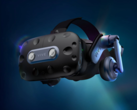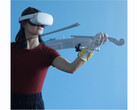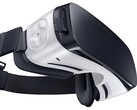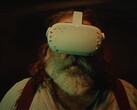Superior virtual reality experiences could be achieved through intentionally induced lucid dreams. Gaming would then require a complete redefinition, while innovative therapeutic treatments for post-traumatic stress disorder (PTSD) and other mental health issues would also be possible.
The startup, The Prophetic, aims to achieve this with a wearable called "The Halo", worn on the head like VR glasses. Lucid dreaming can be described as follows: You are aware that you are dreaming in your sleep. Ideally, in such a dream, you can freely control any event as you wish, allowing for complete mastery:
It's an extraordinary thing to become aware in your own mind and in your own dreams; it's a surreal and spiritual-esque experience. Recreationally, it's the ultimate VR experience. You can fly, you can make a building rise out of the ground, you can talk to dream characters, and you can explore. The list of benefits of lucid dreaming is long. (...) There’s everything from helping with PTSD, reducing anxiety, and improving mood, confidence, motor skills, and creativity. The benefits are really outstanding
- Eric Wollberg, CEO of The Prophetic
According to the CEO, the startup is working to "detect when dreamers are in REM to induce and stabilize lucid dreams." However, manipulating brain activity is vastly different from simply monitoring it. The company's objective is to trigger lucid dreaming. While some non-invasive methods for inducing lucid dreams exist, their effectiveness is still uncertain.
Artificial intelligence is supposed to provide a remedy
The Prophetic is working with the Donders Institute, a research center for neuroscience and cognition at a Dutch university. This partnership lets the company study electronic recordings of brain activity (EEGs) and brain scans (fMRIs) from people who have vivid dreams. Currently, the start-up is in the early stages of research using TUS technology (transcranial focused ultrasound).
In the future, scientists plan to develop The Halo further with the help of AI and machine learning models. They aim to use it to influence neuronal activity in a targeted way. It is unclear whether this goal can be achieved through this means, and it remains to be seen if this vision will come to fruition. Nevertheless, The Prophetic is optimistic and plans to introduce The Halo in 2025.





